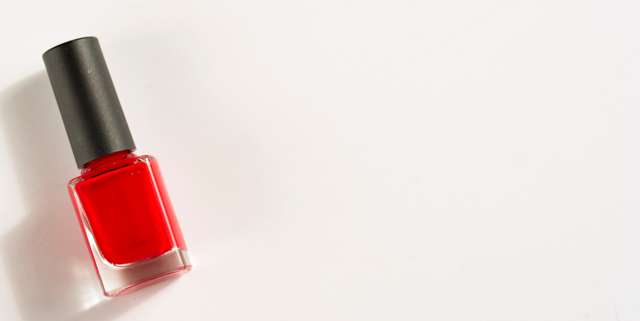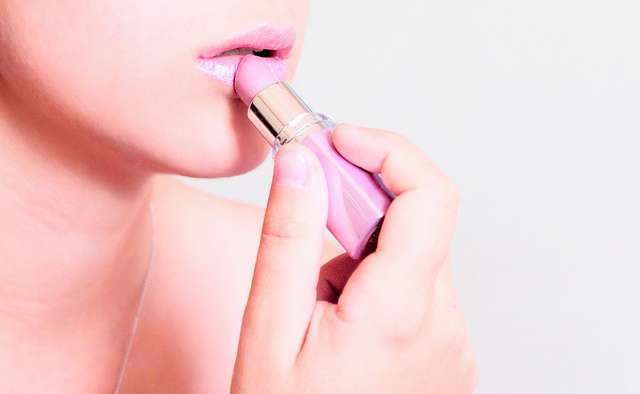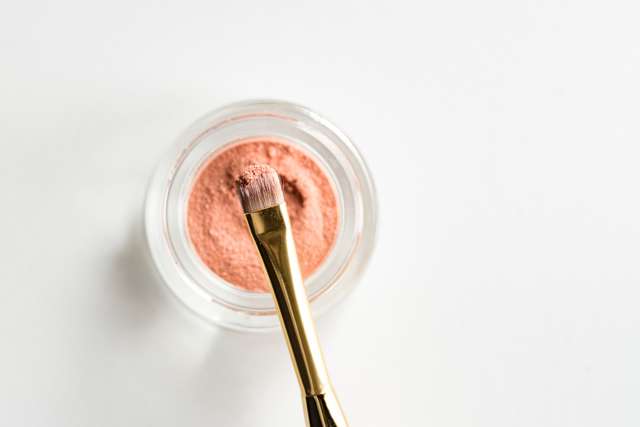
Color-changing makeup is becoming more complex with advances in technology. Image Source: Unsplash user Joanna Kosinska
Color-changing makeup is in the midst of a rebirth. Much like mood rings, these cosmetics change color based on who’s wearing them. Also, like the mood ring, they had their heyday in the 60s—with a brief reappearance in the 90s. Today, many makeup companies are working on more complex color-changing products, including the indie beauty brand Chaos Makeup, which unveiled its highly anticipated Color-Changing Mood Cream to rave reviews last year.1 This moisture-activated multipurpose makeup transitions all the from dark burgundy to a vibrant turquoise, bringing a bit of magic to the cosmetics industry. And big companies are releasing their own transitioning lines as well; M.A.C. recently rolled out its Hint of Color lip oils, which offer a more transition based on pH balance. 2.
These recent developments are the first whispers of a growing trend and the cosmetics industry is preparing. A key part of that preparation will be spectrophotometric testing of color transitions to calibrate complex formulations that create the most appealing and dramatic changes. Using spectrophotometric technology, we’re capable of quantifying and replicating specific colors—and using that same technology, we’re able to predict what it will look like later. Spectrophotometers offer a chance to look deeper into the color behind the result, allowing us to create more complex transitions in color-changing makeup.

Color-changing lipstick often transitions based on Ph balance fluctuations. Image Source: Flickr CC user _Frankenstein_



